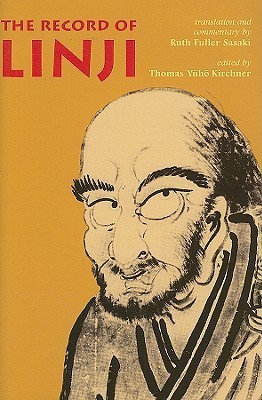What do you think?
Rate this book


Among the most important texts of Zen literature, the "Lin-Chi lu" details the insights and exploits of the great ninth century Chinese Zen master Lin-chi, one of the most highly regarded of the T'ang period masters. PEN Translation Prize-winner Burton Watson presents here an eloquent translation -- the first in the English language -- of this seminal classic, "The Zen Teachings of Master Lin-chi." The work is an exacting depiction of Lin-chi's words and actions, describing the Zen master's life and teaching, and includes a number of his sermons. Because Lin-chi's school outlasted other forms of early Chinese Zen to become dominant throughout China to this day, this translation bears unique significance within the literature of this great Asian nation. With Watson's lucid introduction to the work, a glossary of terms, and notes to the text, "The Zen Teachings of Master Lin-chi "is a generously constructed and accessible model of translation that will stand as the definitive primary material on Lin-chi for many years to come.
520 pages, Hardcover
First published January 1, 1120

